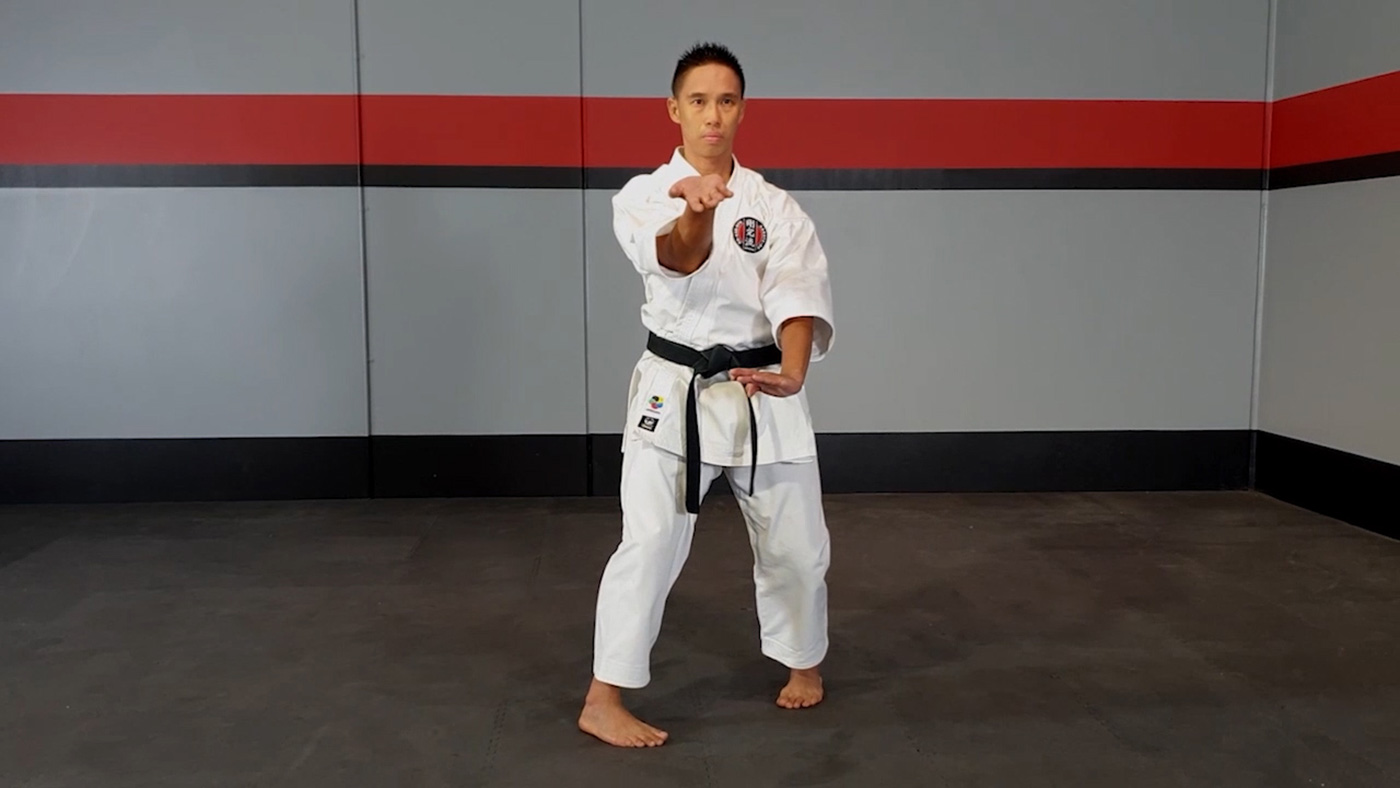
The GKR Karate Kata Training Video Collection is now available to purchase from our Online Dojo!
CLICK HERE TO PURCHASE THE KATA VIDEO COLLECTION
Kata, often viewed as the artistic dimension of karate, encompasses much more than its aesthetic appeal. These formalized sequences represent a comprehensive range of martial techniques, including striking, blocking, grappling, throwing, and sweeping, making them a cornerstone of traditional karate training. Kata practice is not just about mastering these movements; it’s about weaving them into a coherent strategy that simulates real-life combat scenarios. Click here to learn more about Kata.
Practising kata offers a multifaceted physical workout that enhances endurance, strength, and explosive speed. It also focuses on developing correct posture, coordination, flexibility, and controlled breathing. These elements are crucial for anyone looking to improve their physical fitness and martial arts proficiency. Beyond the physical, kata practice is deeply mental, aiming to fortify a practitioner’s concentration, self-discipline, and resilience.
Within the GKR Karate curriculum, there are 15 distinct kata, each integrated into the grading syllabus. These kata vary not only in the techniques they encompass but also in the philosophies they embody. The diverse array of offensive and defensive moves, with varied stances and directional flows, gives each kata a unique character and set of challenges. This variety ensures practitioners develop a well-rounded skill set, prepared for different self-defence scenarios and enriched by deep-rooted combat strategies known as ninjutsu.
As karate students progress through different levels, the kata becomes increasingly complex and demanding, offering a richer, more engaging experience. What starts as a straightforward learning sequence becomes a deep and intricate exploration of martial arts. Mastering a single kata is a significant achievement for beginners, prompting them to eagerly move on to the next. However, advanced students recognize that with each kata comes deeper layers of understanding and skill, suggesting mastery is not an endpoint but a continuous journey.
This ongoing journey through kata is what makes it a lifelong adventure in the world of karate. Every repeated practice unveils new insights and refinement opportunities, making kata a perpetual challenge that sharpens body and mind. As students delve deeper into each sequence, they realize that the more they learn, the more there remains to discover. Embodying the true spirit of martial arts: endless improvement and relentless pursuit of excellence.
Click here to purchase your lifetime subscription to the Kata video collection.
Related Articles
Understanding Kata And Its Relationship To Bunkai
Why Kata Is An Integral Part of Karate



